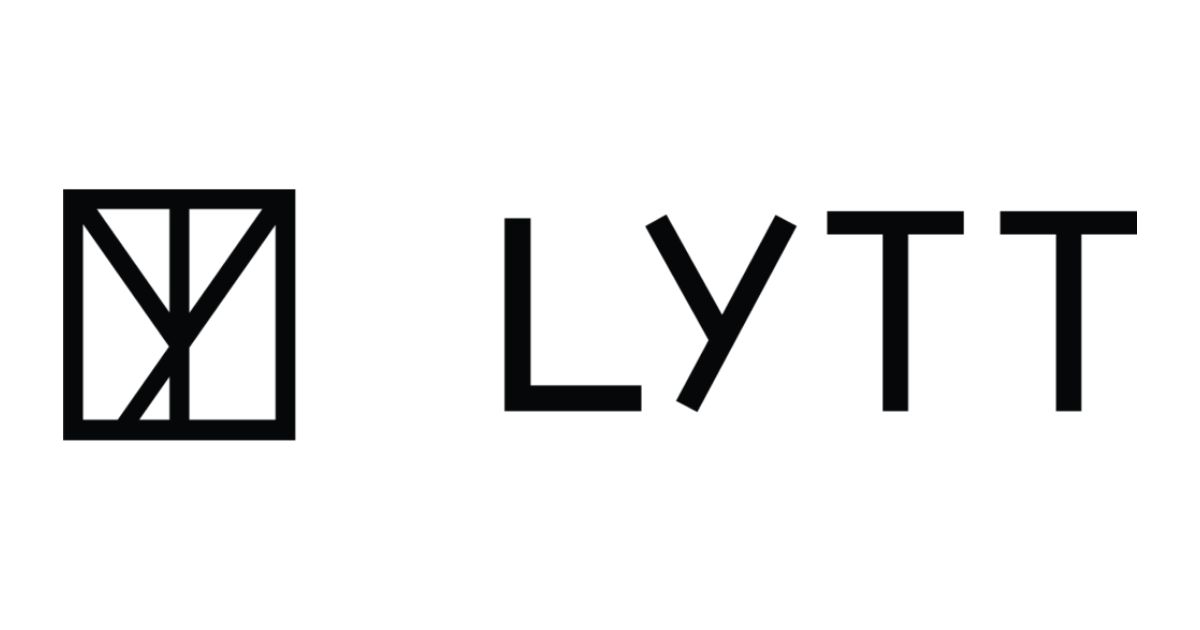The oil and gas (O&G) industry must look to new, acoustic data-based methodologies to improve the diagnosis of well integrity issues and inform successful remediation and plug and abandonment (P&A) strategies.
This is according to a paper from LYTT, ‘Well Integrity Flow Detection Using Novel Acoustic Pattern Recognition Algorithms’, which showcases the core role of LYTT’s innovative well integrity methodology in delivering an effective P&A remediation strategy for a bp-owned and operated field in the Americas.
Properly addressing leak and flow issues requires a complete overview of the source of the fluid, its flow path, and its potential to cause an issue for well integrity. However, traditional methodologies for tracking leaks and flow have limitations that may prevent operators from consistently achieving full visibility of the health of the well. The dynamic nature of leak and flow events require constant monitoring to capture their intermittency, whereas traditional methods allow monitoring of only one point in depth and time - potentially bypassing the location of the naturally dynamic leaks within hundreds and thousands of meters of the well length. This can hamper the operator’s ability to swiftly and effectively understand and resolve well integrity issues such as tubing leaks, casing leaks, flow behind casing and overburden integrity.
In response, LYTT has developed and demonstrated a ground-breaking technology that identifies and differentiates multiple downhole well integrity events by using unique algorithmic pattern recognition capabilities that build on acoustic measurements from Distributed Acoustic Sensing (DAS) data. This allows for a highly targeted intervention that can have a greater chance of success than interventions based on the current standard of surface observation or traditional wireline monitoring techniques.
While the industry has been aware of DAS for over a decade, its full potential has gone unleveraged owing to the difficulty of quickly drawing insights from the enormous volume of acoustic data generated. LYTT solves this downhole ‘big data’ challenge by extracting only the data that informs operational decision-making and analyzing this data in the context of LYTT’s library of acoustic patterns. This results in a significant reduction in DAS data volume at site, and the ability to provide engineers with actionable insights in seconds, not weeks.
Lilia Noble, Technical Product Owner, LYTT said, “Well integrity is an issue for O&G companies across the globe, but most traditional methods only give a snapshot of the problem – if they find them at all – while the true, dynamic nature of flow events can be missed. To date, if physical monitoring tools are not in the right place at the right time, O&G firms simply may not see the true cause of a leak. This means that their remediation strategies may be based on assumptions of flow behavior instead of on facts. We think it’s about time that the guesswork around leak detection and remediation is addressed with real-time data that enables informed decision making.”
Lilia continued: “The really exciting thing about DAS is that, with LYTT’s analysis, operators can use the wealth of data this technology generates to find, identify, and predict the source of leaks – even before they occur - in a way that was previously thought impossible.”
Curt Jones, Snr. Drilling Engineer bp, said: “LYTT’s insights have proved invaluable in supporting our team’s work to plug and abandon wells quickly, efficiently, and safely. LYTT was able to track flow behind multiple casing strings, precisely identifying the movement of fluids in terms of both time and location. Our engineers applied these insights, in conjunction with a highly tailored workflow, to extend the well’s first lateral barrier and adjust the position of the planned second barrier. This simply would not have been possible without LYTT’s real-time analysis and insight delivery.”
First shared at the Abu Dhabi International Petroleum Exhibition & Conference, this latest paper outlines LYTT’s capability and presents a case study of its deployment in the field. The paper outlines how DAS-based pattern recognition algorithms allow operators to identify sources of flow and capture events as they occur, supporting informed decision making and customized remediation strategy planning. The paper is now available to download here.


